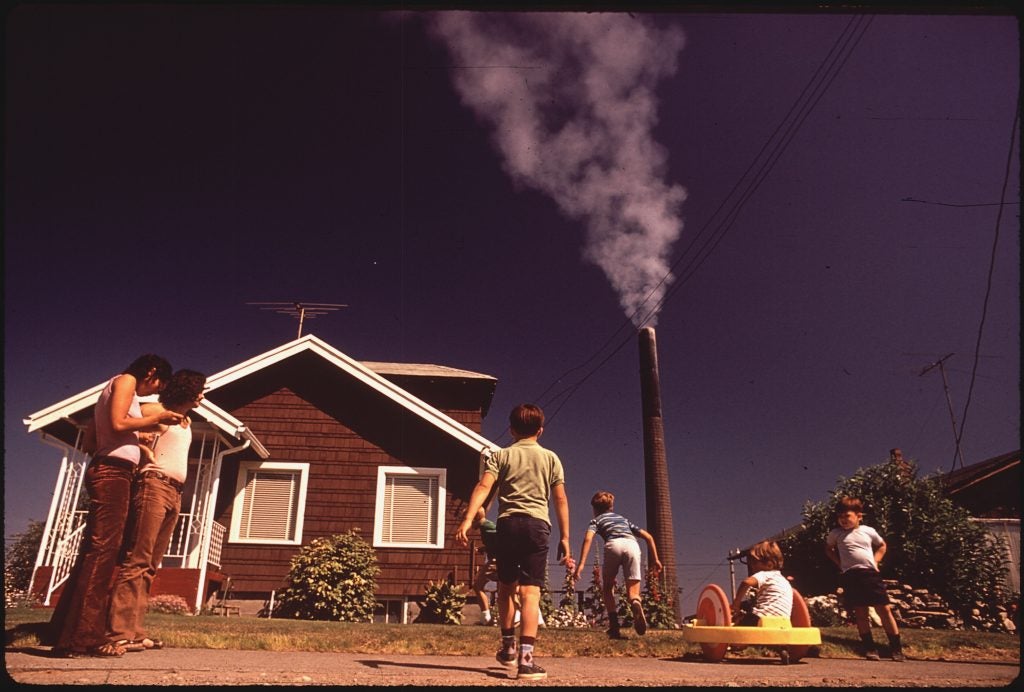Ugbaad Ali, Community Environmental Health Tom Graff Fellow
We all deserve to live in a healthy and vibrant community, yet many residents of Flint, Michigan, are overburdened by a lifetime of toxic exposures and environmental injustice. Recently, a coalition of environmental justice groups and community organizers in Flint used their combined power to organize against the siting of a new hot mix asphalt facility.
The Stop Ajax Asphalt Coalition was formed to protect neighboring communities from further environmental harm. The Coalition, which includes residents from Flint and Genesee Township, St. Francis Prayer Center, C.A.U.T.I.O.N, Environmental Transformation Movement of Flint, Flint Rising, Greater Holy Temple Church, Michigan United, R. L. Jones Community Outreach Center Campus, and Mi JustUs, submitted extensive comments and generated hundreds of public comments to contest the state’s permitting of a hot mixed asphalt facility by Ajax Materials Corp. near homes, schools, and parks.
Historically air permit decisions have been made in isolation, ignoring the cumulative impact from surrounding exposure sources. After hearing from the Coalition, the regional office of the Environmental Protection Agency (EPA) – which serves Michigan and five other states – weighed in with a letter that recommended Michigan’s Department of Environment, Great Lakes and Energy (EGLE) “conduct a cumulative analysis of the projected emissions from all emission units at the proposed facility, fugitive emissions from the proposed facility, and emissions from nearby industrial facilities, to provide a more complete assessment of the ambient air impacts of the proposed facility on this community.” It concluded that “because of the environmental conditions already facing this community, and the potential for disproportionate impacts, the siting of this facility may raise civil rights concerns.”
The U.S Department of Housing and Urban Development’s (HUD) regional office also raised serious civil rights concerns in a letter to EGLE, highlighting that the proposed location is near two HUD-assisted communities housing low-income families of color – and expressing concern that EGLE failed to engage HUD on a decision that could impact HUD-assisted residents.
“This isn’t a defeat for the citizens of Flint.
We’re just getting started.”
– Anthony Paciorek, Michigan United (ABC News)
Despite the public comments and federal agency letters, EGLE approved the air permit, but with tightened requirements. The Coalition remains concerned about the siting of the facility and is committed to challenging the state to require additional measures to protect their community. Read More »
 r, housing, and state and local governmental organizations to accelerate full removal of the lead pipes providing drinking water to millions of American homes.
r, housing, and state and local governmental organizations to accelerate full removal of the lead pipes providing drinking water to millions of American homes.










 Now, she’s the Founder Chief Executive Officer and President of
Now, she’s the Founder Chief Executive Officer and President of 